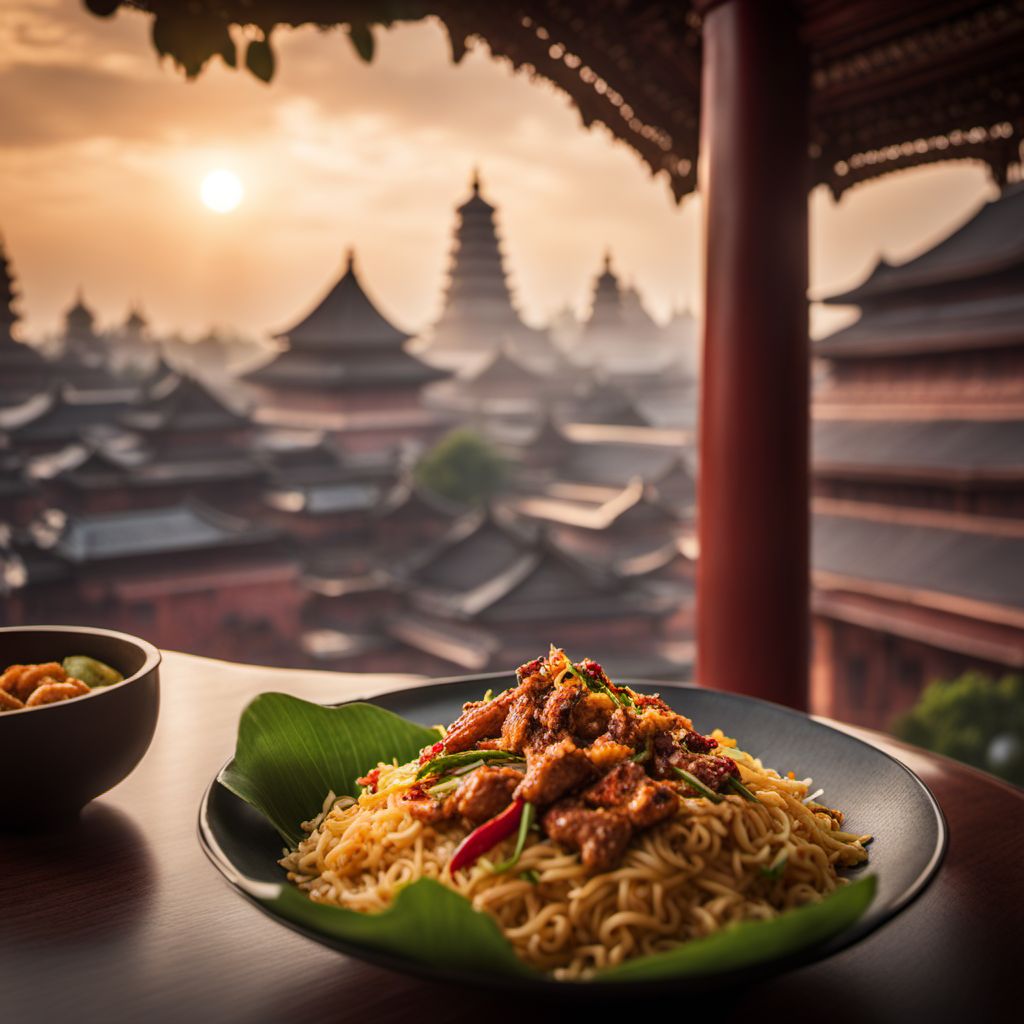
Cuisine
Banjar cuisine
Banjar cuisine is heavily influenced by Malay and Javanese cuisine, as well as Chinese and Indian cuisine. The use of spices and herbs is prominent in Banjar cuisine, as well as the use of coconut milk and seafood. The cuisine is known for its spicy and flavorful dishes, such as soto Banjar, a spicy soup made with beef and coconut milk, and pindang patin, a spicy and sour fish soup.
Typical ingredients
Coconut milk, Seafood (fish, prawns, crabs), Beef, Chicken, Rice, Turmeric, Ginger, Lemongrass, Galangal, Chili peppers, Shallots, Garlic, Candlenuts, Tamarind
- Banjar cuisine is known for its use of exotic ingredients, such as durian and petai (stinky beans). - The cuisine is often served with sambal, a spicy chili paste.
More cuisines from this region...
Malay cuisine, Indonesian Chinese cuisine, Padang food, Javanese cuisine, Indo cuisine, Balinese cuisine, Makassar cuisine, Manado cuisine, Indonesian Indian cuisine, Batak cuisine
History
Banjar cuisine has a long history, dating back to the Banjar Kingdom in the 14th century. The cuisine has been influenced by various cultures throughout history, including Malay, Javanese, Chinese, and Indian. Banjar cuisine is an important part of the Banjar culture and is often served during special occasions and celebrations.
Cultural significance
Banjar cuisine is an important part of the Banjar culture and is often served during special occasions and celebrations, such as weddings and religious festivals. The cuisine is also popular among tourists visiting South Kalimantan.
Health benefits and considerations
Banjar cuisine is generally high in fat and calories due to the use of coconut milk and fried foods. However, the cuisine also contains a variety of spices and herbs that have health benefits, such as turmeric, ginger, and lemongrass.
Banjar cuisine recipes Browse all »

Banjar-style Manti: Traditional Dumplings with a Twist
Banjar Delight: Flavorful Dumplings with a Local Touch
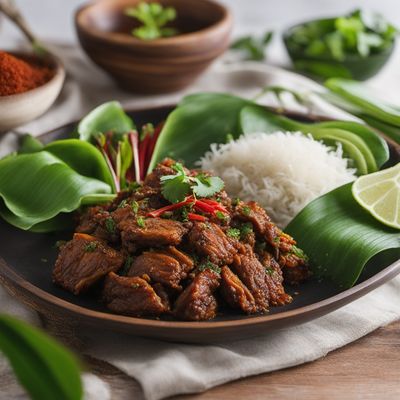
Banjar-style Duckanoo
Savory Delight: Banjar-inspired Duckanoo
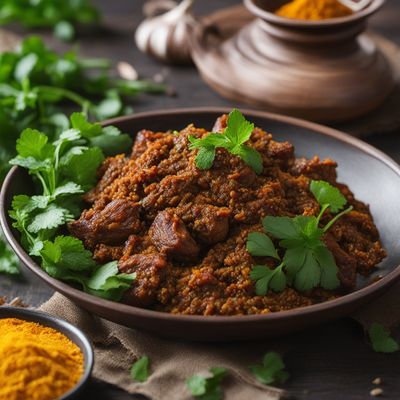
Banjar Spiced Lamb Shapkat
Savor the Aromas of Banjar with Spiced Lamb Shapkat

Banjar Style Prawn and Leek Soup
Savory Delight: Banjar Prawn and Leek Soup

Banjar-style Fried Green Tomatoes
Crispy Tangy Delight: Banjar-style Fried Green Tomatoes
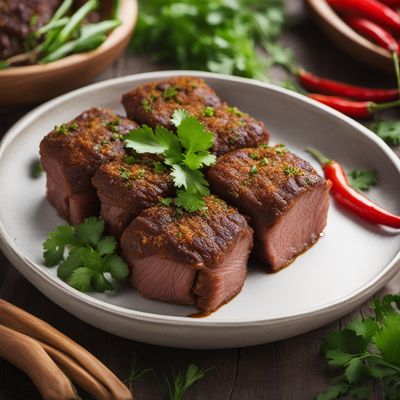
Banjar-style Stuffed Beef Rolls
Savory Beef Delights: Banjar Stuffed Beef Rolls

Banjar-style Bagel Dog
Savory Fusion: Banjar-inspired Bagel Dog Delight
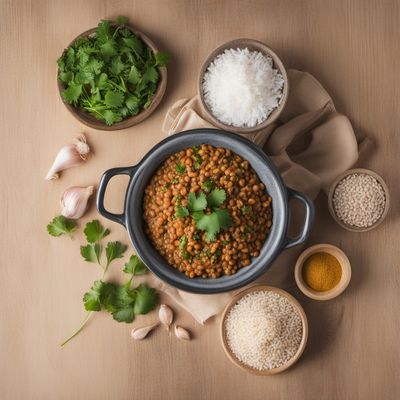
Banjar-style Black Eyed Peas and Rice
Savory Banjar Delight: Black Eyed Peas and Rice

Banjar-style Spicy Crawfish Pasta
Fiery Crawfish Delight: Banjar-style Spicy Pasta

Banjar-style Breakfast Delight
Savory Morning Delights: A Banjar Twist on Breakfast Classics
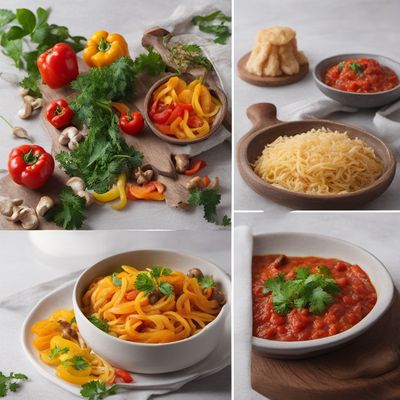
Banjar Komplet Lepinja
Banjar Breakfast Delight: Komplet Lepinja with a Twist
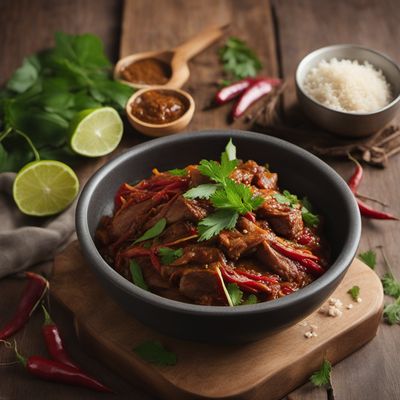
Banjar-style Drunken Pork
Spiced and Tender Drunken Pork: A Banjar Delight